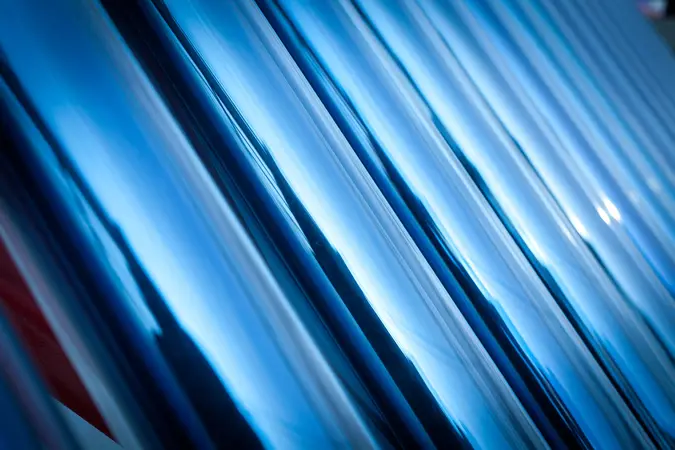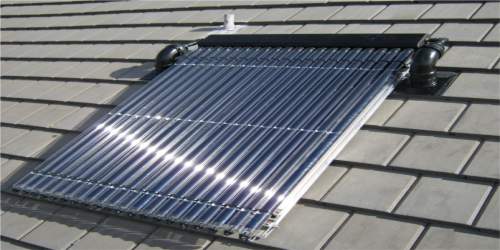Read Time : 1 Minutes
Environmental impact and life cycle assessment of Solar Thermal systems.
What affect does a solar thermal system have on our environment?
There have been many studies that have been undertaken that attempt to ascertain the true value of solar thermal technology to our environment, lifestyle and finances. All of which have come to the conclusion that the technology, over time, has a positive effect on all three. On this page we explain the basic principles behind what impact solar thermal technology has on us and the environment we live in. As there are many different products, manufacturers, install locations and resulting climatic differences, the figures below are just examples of what you are likely to expect from a typical solar hot water system. Your installer will have the facility to more accurately predict the expected energy output and financial payback period of your specific system proposal. As the UK climate receives less of the sun’s radiation than warmer climates, the evacuated tube collectors are recommended for use here over their flat plate counterparts, as their increased efficiency gives them the ability to turn more of the sun’s radiation into usable heat. In Mediterranean and warmer climates, the flat plate collectors are recommended as, not only are they cheaper to manufacturer and purchase, but they are less prone to overheating and offer much the same performance as the evacuated tube models under these conditions.
COMPARE PRICES FROM LOCAL INSTALLERS
Compare prices from local companies fast & free
Enter your postcode to compare quotes from leading professionals. We promise to keep your information Safe & Secure. Privacy Policy
Solar thermal system product lifecycle
A typical solar thermal system undergoes 5 distinct phases in its product life cycle:
- Raw material extraction
- Materials possessing
- Final product manufacture
- Transport and Installation
- Recycling and disposal
The average process of manufacturing a solar thermal system consisting of a heat storage tank, solar collector, component box and aperture will produce roughly 1000Kg of CO2 amongst other gases such as CH4, N2O, Perfluromethane, Perfluroethane and waste liquids and solids in the form of scrap materials etc. All of these emissions and by-products are offset against the environmental, energy and economical savings the overall system makes during its lifecycle. The time in which the system reaches its environmental and energy break-even point varies dramatically dependent upon many factors such as, install climate, components used, and backup heat source (gas, electricity, biomass etc.) to name but a few. The energy payback period on the average flat plate system is roughly 1.5 years but this will vary dependent upon the factors detailed previously.






 How do Solar Thermal Panels work
How do Solar Thermal Panels work







Find a local installer
Welcome to the biggest directory of UK renewable energy companies